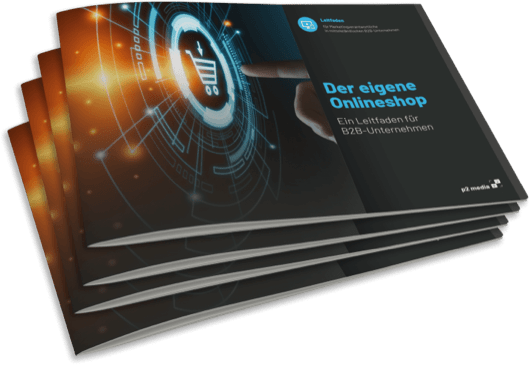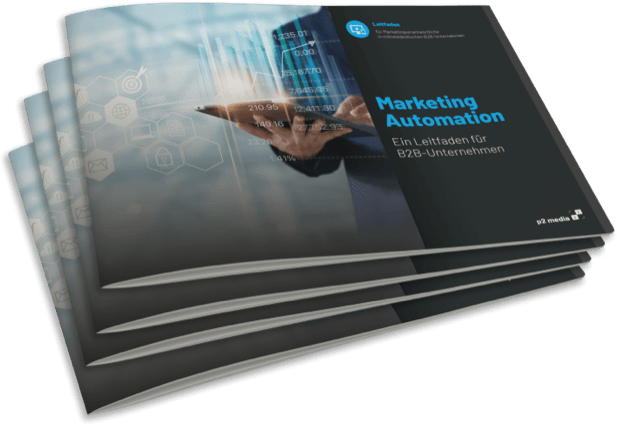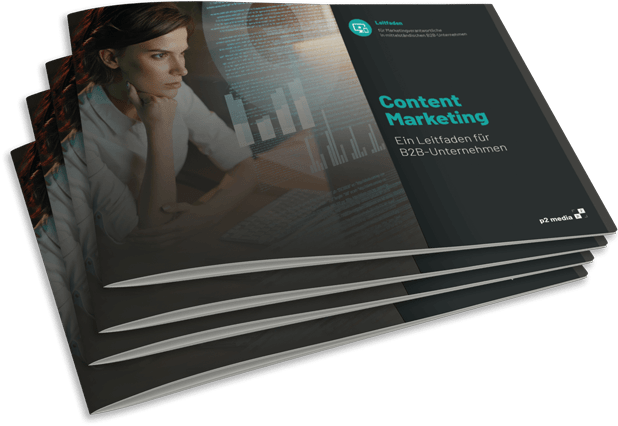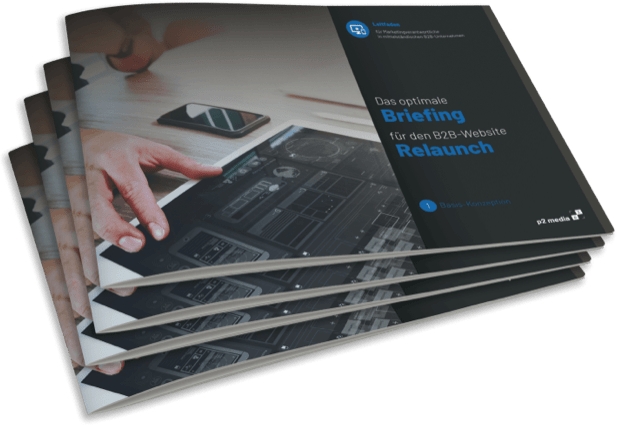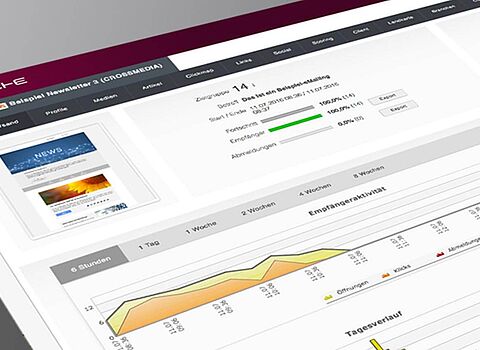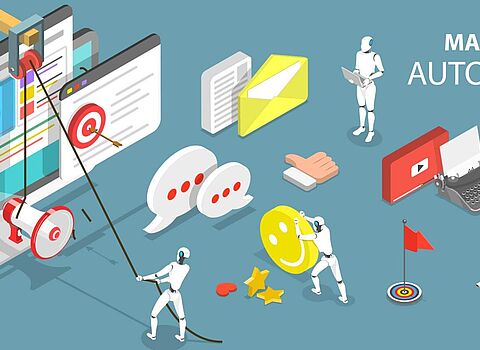Email marketing has many facets and still scores with the highest return on investment (ROI) of all digital marketing measures. According to Absolit .de figures,around 2.3 billion emails currently reach potential readers within 24 hours, andemail traffic is an everyday occurrence for around 95 percent of German Internet users. Of particular interest to B2B companies: Absolit.de gives e-mail marketing an impressive ROI of 42! In the context of steadily growing social networks, instant messaging and other modern Internet channels, newsletters, marketing mails and the like, often thought to be dead, are not only alive and kicking today, but are actually more successful than ever. Newsletter marketing is a good introduction to e-mail marketing for many companies, but it is never a foregone conclusion. A corresponding ROI can only be achieved on the basis of a clever strategy or with sufficient attention to technical possibilities and target group-specific requirements.
What legally compliant methods bring
B2B newsletter subscribers?
Getting newsletter subscribers is actually far less difficult than is often assumed. Once upon a time, it was quite common to simply buy email addresses. Today, however, this would be a very bad idea simply because of the strict data protection regulations. In fact, you don't have to take such a high risk. In the following, we present some highly promising and completely legal ways to generate newsletter subscribers.
Why is email marketing more costly in B2B than in B2C?
In fact, it is much more difficult to gain and reach newsletter subscribers in the B2B area in various respects. First of all, you can only reach your B2B target group emotionally to a very limited extent due to their fundamentally rational way of thinking. This is true both in terms of subscription and the content provided in the newsletter. B2C, on the other hand, emotional influences, if used correctly, are in fact extremely beneficial. In addition, B2B newsletters are generally received and viewed during work, typically with only a relatively small time window. In this context, it is of course even more difficult to find the right topic, scope and tone that will ultimately lead to conversions. It is also important to keep in mind that recipients of your newsletter are likely to receive a lot of mails with simple advertising and that you need to stand out from the crowd by offering content with real added value. This is particularly difficult in a narrow time window. Furthermore, it is not uncommon for newsletters in the B2B sector to go nowhere and/or reach the wrong contact person. The reason for this is in particular the normal fluctuation in corresponding companies: Employees come and go - and so do their email addresses.
As already mentioned several times, data protection always plays an important role in email marketing - even more so since the entry into force of the GDPR. Accordingly, those who offer the recipients of the newsletter a sufficiently transparent explanation regarding the requested data act in compliance. New newsletter subscribers must explicitly give their consent completely voluntarily. In order to be able to guarantee this, your newsletter subscription form must include a reference to the recipients' right of revocation and to the data protection regulations. Furthermore, there should be a non-pre-clicked checkbox by means of which (potential) customers agree to the use of their data for advertising purposes. Furthermore, it is necessary to carry out a so-called double opt-in. In the course of this, the registered persons receive an e-mail containing a confirmation link. The subscribers click on the latter as a clear sign of their consent. Only then are you allowed to send your newsletter.
Let's assume you have a mailing list with 5,000 contacts. If each of these is served with the same email without a personal salutation, then this - especially in the B2B sector - is most likely not marked by success. The fact is: The more newsletter subscribers feel personally addressed and individually understood, the more likely the corresponding messages will have positive effects. As in content marketing, ideally buyer personas should be defined and e-mails should be precisely aligned with them. This already starts with the subject line.
Just as important as personalized targeting is not forgetting that your B2B readers are generally short on time. Specifically, that means: Your emails are often only skimmed. Therefore, on the one hand, you should plan easily absorbable, focused as well as, of course, highly relevant content and, on the other hand, use multi-level B2B campaigns. In the latter, you repeat calls to action - based on the usage behavior of your recipients. If they were interested in whitepaper XY last week, they will receive precise further information in the following newsletter.
Due to the great relevance, the following must be explicitly mentioned once again: Email marketing is only effective if the corresponding messages and their content are created specifically for the target group. Just as with any other modern marketing activity, it is important to first precisely determine the group of people to be addressed. Only if you know the challenges or desires of your target group, you can play out content via e-mail, which contributes to their solution. In fact, this is one of the absolute basic requirements for successful email marketing! Be approachable and package problems or solutions, for example, in a story that your target group can easily understand. Combine content marketing and storytelling. But be sure to remain clear in your message.
The Call-To-Action is a request for action, which is directly addressed to the recipient in the context of newsletter marketing. After the perception of a message, it should trigger the necessary impulse to move the reader to a certain action. As a psychological support, the CTA is extremely important for achieving goals in email marketing. Ideally, recipients perceive it as an element of a clear step-by-step sequence that provides a clear announcement of what to do next. The CTA practically removes uncertainty, which in turn is perceived as helpful. This all happens primarily subconsciously. A CTA only works if it is positioned at the right place or appropriately in the flow of intent of the respective email. This is usually the case at the end of a message. Ideally, the CTA forms the logical conclusion of the associated content. Furthermore, it should leave no doubt that it is now the viewer's turn to take action by using a clear designation, such as "Book a consultation now!" or "Request a non-binding quote!". It should be eye-catching, but nevertheless serious and suitably designed in the context of the design.
The format of your emails - i.e. HTML or text - should also be tailored precisely to your target audience and, moreover, the respective campaign. It's quite possible that text-only emails work better than messages with much more elaborate visuals. Product introductions are usually better placed in visually stunning HTML emails. When it comes to conveying personality, however, the text mail can score. This is because it looks like a personal message at first glance. You should test what works best in which situation - but more on that below. There's no question that you need to take a "mobile first" approach to your email marketing. After all, a large proportion of all newsletter subscribers now read corresponding messages on their smartphone or tablet - quickly between appointments, while travelling or during their lunch break.
Recording key performance indicators (KPIs) and measuring, evaluating and optimising the benefits of measures are among the most important prerequisites for successful email marketing. This is the only way to determine where it is worth investing further and where not. The more meticulous your approach, the better. Sometimes even small adjustments can lead to amazing effects. Especially at the beginning of your email marketing or when readjusting, target group tests should definitely be carried out. Find out what resonates particularly well with your focused group of people. This will give you a basis to validly prove or disprove your email marketing strategy and at the same time you will continuously profit from new idea impulses. These KPIs are particularly relevant in email marketing for insightful testing: Open rate: the open rate describes the percentage ratio between the number of recorded opens of an email and the delivered messages. Click-through rate: The click-through rate describes the clicks on a link in a message in relation to the delivered emails. Bounce rate: The bounce rate describes the relationship between permanently undeliverable emails and the total quantity sent. Unsubscribe rate: The unsubscribe rate describes the percentage ratio between unsubscribes from the newsletter and delivered emails.
Marketing Automation Software
In fact, you can and should automate many newsletter marketing processes today. Especially in the context of large email distribution lists with numerous different target groups, email marketing can only be done efficiently with appropriate tools. These systems offer, among other things, targeted personalization in addressing as well as content, sometimes even help you to create content appropriately and have a variety of analysis tools ready.
Our support around the topic of marketing automation:
- Development of a custom-fit online marketing strategy, definition of smart goals, determination of your desired target groups by means of buyer personas and coordination of meaningful KPIs.
- Setting up targeted Nurture processes to enrich customer profiles.
- Consulting and implementation ofmarketing automation software that meets the requirements of the GDPR.
- Extensive workshops to train your team on Buyer Personae, Nurturing processes.
For success-oriented optimization of digital sales, we are also happy to support you on the subject of lead management.
Oliver Parrizas will be happy to answer any questions you may have on the subject. +49-800-911-91-91




